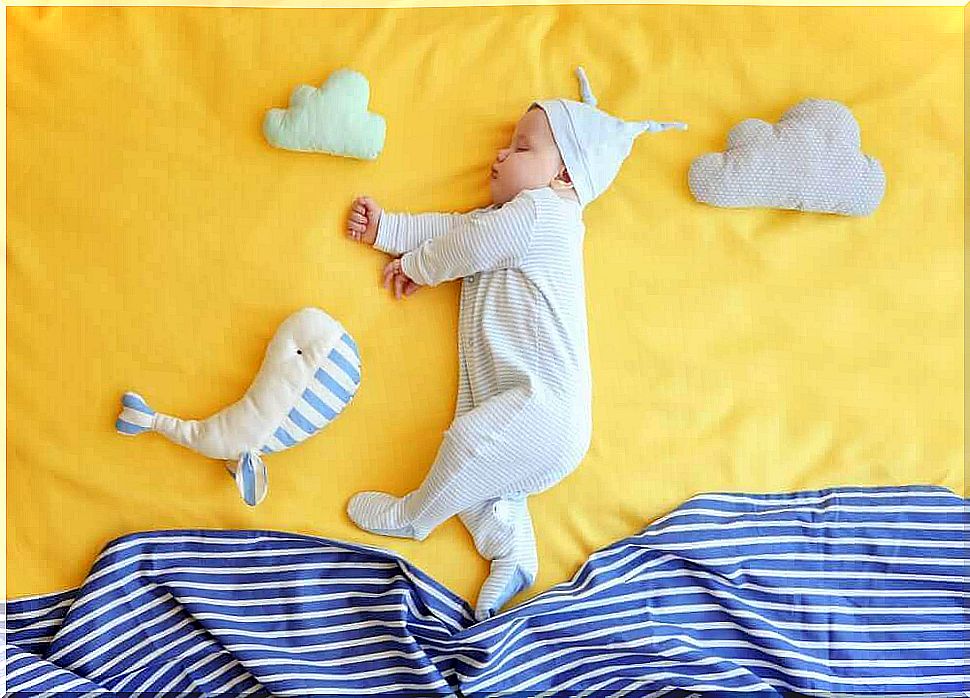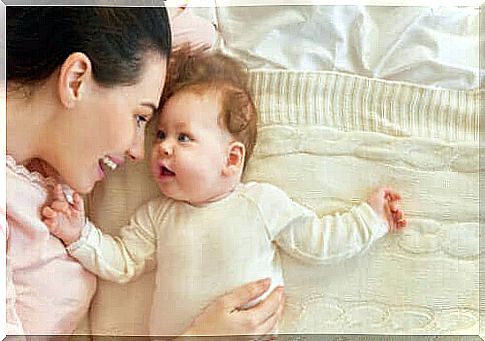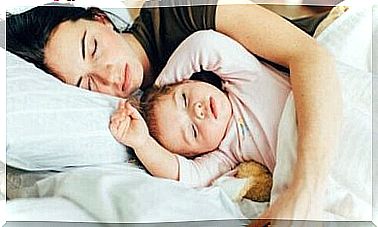How To Help Your Child Change From A Crib To A Bed

It is not always easy for children to make the transition from a crib to a regular bed. Only children who have already learned, and have enough emotional maturity, tend to do so without difficulty.
Before you even try it, you must have established a good routine for going to bed. Toddlers need to know that they are safe and that nothing will happen to them.
If you follow the same routine every night, you all know that nothing will happen, and your little one will quickly get used to sleeping in a bed.
The transition from a cot to a bed
If parents are not careful about how they try to make the transition, it can lead to unnecessary frustrations for the little one.
The author and child psychologist Noelia Esteban de la Casa is a specialist in this type of adjustment. According to her, parents should wait until their children are at least 18 months before starting the transition. And both parents and children must be able to show sufficient emotional maturity to be able to complete the transition in a safe way.

At the same time, it is important for the little one to participate in the transition. For example, tell your child that he or she is now older, and ready to sleep in his or her own bed. You can refer to your child’s age, responsibilities and ability to take on and overcome challenges.
It is important not to offer too many explanations, in order for the process to be as natural as possible. However, you should explain and answer all the thoughts that arise in a concise and coherent way.
Stimulate the transition
The transition from a crib to a bed requires stimulation. And in that sense, there is nothing better than playing, to make the process both natural and fun.
When the beard is 12 months old , they already begin to imitate patterns from real life in their play. For example, they know how to pretend to eat with a toy spoon.
You can take advantage of this to make it easier for your little one to get used to sleeping in a “big” bed in the future. Children between 18 and 24 months start initiating this type of play with their dolls. Therefore, you can let them put their dolls and stuffed animals to bed, and thus learn and accept this new situation through play.
It is important for parents to act as role models. In other words, you can show an example by putting the dolls to sleep by themselves as if they were your children. You can tell them stories, sing songs for them and take advantage of everything you can think of for your little one to fall asleep with his toys.
How to make your child feel safe and relaxed
The transition from a crib to a bed requires the child to feel safe and relaxed. The change should feel good to the child, not painful. Usually, children can make the transition in a calm way, but it can be complicated in some cases. To make things easier, you can take the help of the following tips from the expert Noelia Esteban:

- Talk to your child. Even if your child does not seem to understand, it is good for him or her to get used to hearing you speak from an early age.
- When explaining something to babies, be sure to do it at their level. In other words, squat and look them in the eye.
- Comfort your children when they cry, and do not leave them alone. They must associate the bed with peace and quiet.
- If your little ones have a tantrum, you should calm them down first. When they are calm, talk to them slowly. Remember to be patient, as the process can take some time.
- Be sure to stick to a routine. A fairy tale, a hug, some time to talk…
If your child later wakes up again, which is normal, here are some guidelines you can use to streamline the process and calm your child:
- Take care of the child without turning on the light. Sit down or lie down with your child so he or she can relax and fall asleep again.
- Wipe your baby’s tears to provide safety.
- If your child has had a nightmare, lie down so he or she can feel you nearby. Let your child calm down, and do not wake him or her.
Each child is unique, so the transition from a crib to a bed will be different from case to case. Remember to be patient and give your child plenty of affection, understanding and closeness. With your help, your child will be able to sleep in his or her bed when he or she is ready. If this is really a struggle for you, do not hesitate to consult a specialist.








